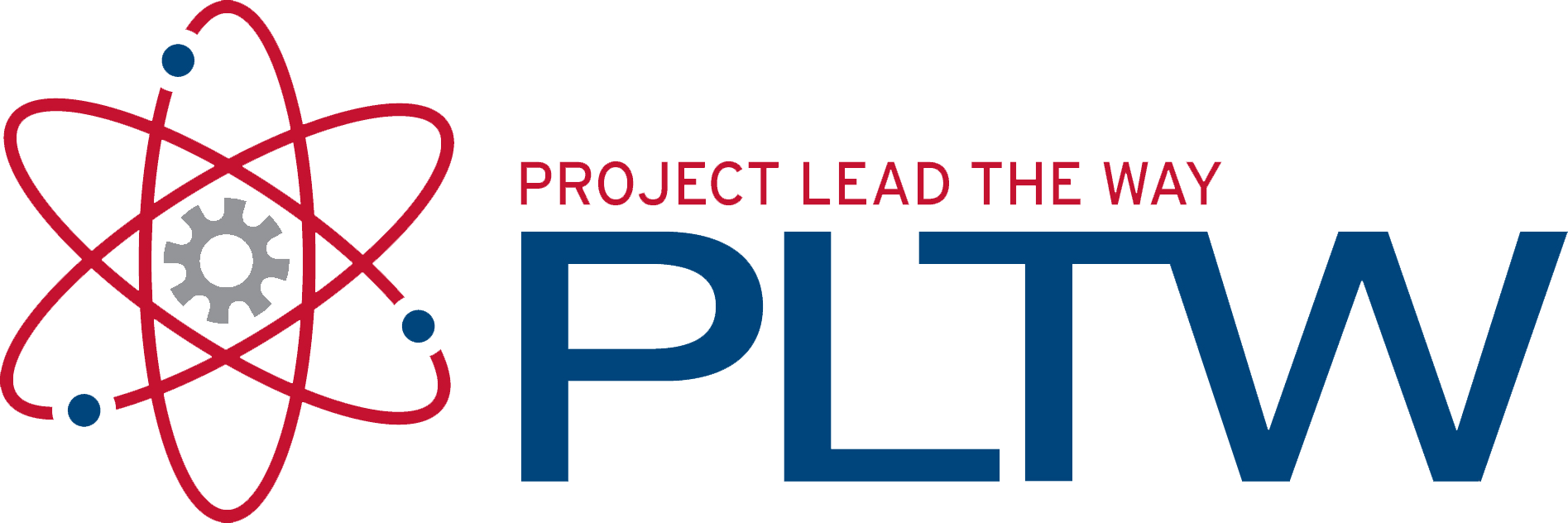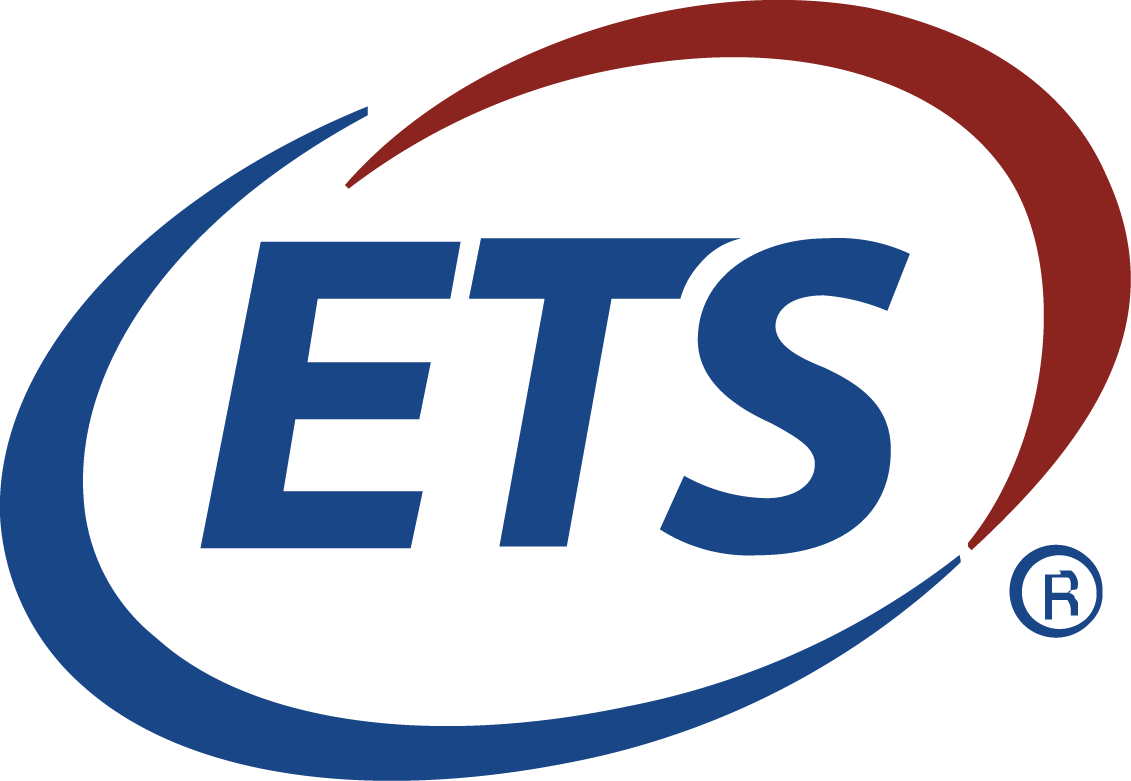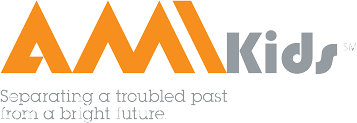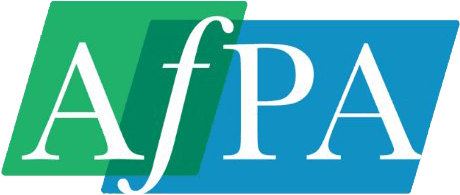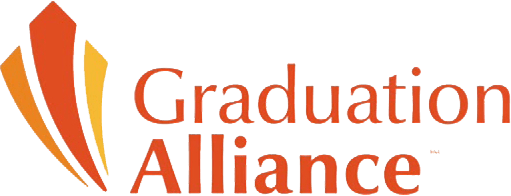During this time of home sequestration, I have taken the opportunity to lecture my sons on all manner of history. Why waste a captive audience when it has the power and the legal authority of our own Governor here in Maryland? Watching historic boxing matches, and Academy Award-winning movies, all with my accompanying oratory to enhance the experience. One day they will realize how lucky they are to have me here, though, by the looks in their rolling eyes, that day could be a ways off.
One topic I touched on was those old movie and TV tropes of my 1970’s youth. It seemed you couldn’t watch Little House on the Prairie, The Big Valley or Bonanza without the challenges of quicksand or hauling a load of nitroglycerine over a rocky mountain path. Of course, there was also the old western menace of the town fire and the “Bucket Brigade” that followed.
I have been reminded of those Bucket Brigades this past week after several conversations I have had with Chief Academic Officers (CAO’s) from across the country. I decided to check in with 4 large school districts to gauge their collective responses to the global pandemic.
In each district, the CAO’s had a very similar story. Nearly all district leadership – from special ed to HR were pitching in to help understand and execute a district-wide response to the crisis. The equivalent of an educational Bucket Brigade.
How long that will be the case is an interesting and important question. Not only to the students, teachers, administrators, and families across this K-12 world but to the companies whose products serve to educate our students. Companies from across the education spectrum – responsible ones anyway – are asking, “When is it appropriate to attempt a meeting or call to discuss budgets and programs for the fast-approaching 2020 school year?”
One education leader I spoke with had the quote of the week: “There are a million great questions right now- and less than 100 good answers.”
While the situation is currently in flux, my conversations yielded some promising news. The district reaction to the Coronavirus pandemic has started to normalize.
The initial questions of when to close schools and how to execute distance learning are currently being addressed. Additionally, states have for the most part begun to settle the matter of when to pull the plug on the school year. One of Florida’s largest districts told me that they have been very pleasantly surprised by the overall participation rate of their online students using Google Classroom to drive instruction. As elsewhere, however, the digital divide inequity still lingers.
After that, said one CAO in Maryland “the HR director will go back to doing HR director stuff.” Indeed, districts have to begin looking at their budgets and planning for summer professional development or recently adopted Pre-K provision such as those adopted by the Maryland legislature in early March.
A CAO at a large North Carolina district, however, warned that districts in that state are-just this week – pivoting toward the realization that Coronavirus planning may go well into the fall of 2020. Further, there is no clear cut understanding of how grading will take place under the distance learning currently in place for the remainder of this school year. Even normalization has its limits in times like these.
That said, education companies and non-profits, both providers of critical education services, would be wise to maintain an appropriate level of respect when it comes to outreach for their products. A company that is cold calling districts (difficult if not impossible under the best of circumstances) risks grave damage from a branding standpoint.
Furthermore, corporate partners should resist the temptation to capitalize on the Corona crisis by bending a product or solution, to a convoluted offering that provides questionable value.
District leaders are discerning buyers, and they recognize real help from real nonsense. Susan Enfield from Highline School District outside of Seattle recently went public with her complaints on this very topic.
Despite such examples, a number of companies have offered truly free services for the remainder of the school year. Conferences once preparing for meetings and presentations have pivoted to create a repository of free offerings to support districts.
Companies need to carefully reflect on the current state of the education system rather than the current state of their sales objectives. Under normal circumstances, the dance between company and district is delicate. In this environment, the timing, tone, and value of your offering are critical.
Educators know there are worthy products to support their needs, but they don’t have the luxury to sort through the numerous communications they receive – especially now.
Reflecting upon twenty years in education, I am often asked about the quality I look for in a successful company. The answer is simple: Judgement.
Judgment in how you reach out to districts will be remembered. Companies should refrain from cold calling anybody. For those that you know or have already had multiple conversations, slowly reaching out is appropriate. Until then, support the Bucket Brigade or stand down.
Contributed by Strategos Group Partner, Todd Lamb. Todd is based out of Annapolis, Maryland and can be reached via email at tlamb@strategosgroup.com.
Subscribe to our monthly Newsletter which will include company updates, announcements, and more.
We will get back to you as soon as possible.
Please try again later.
© 2021 Strategos Group. All Rights Reserved.


